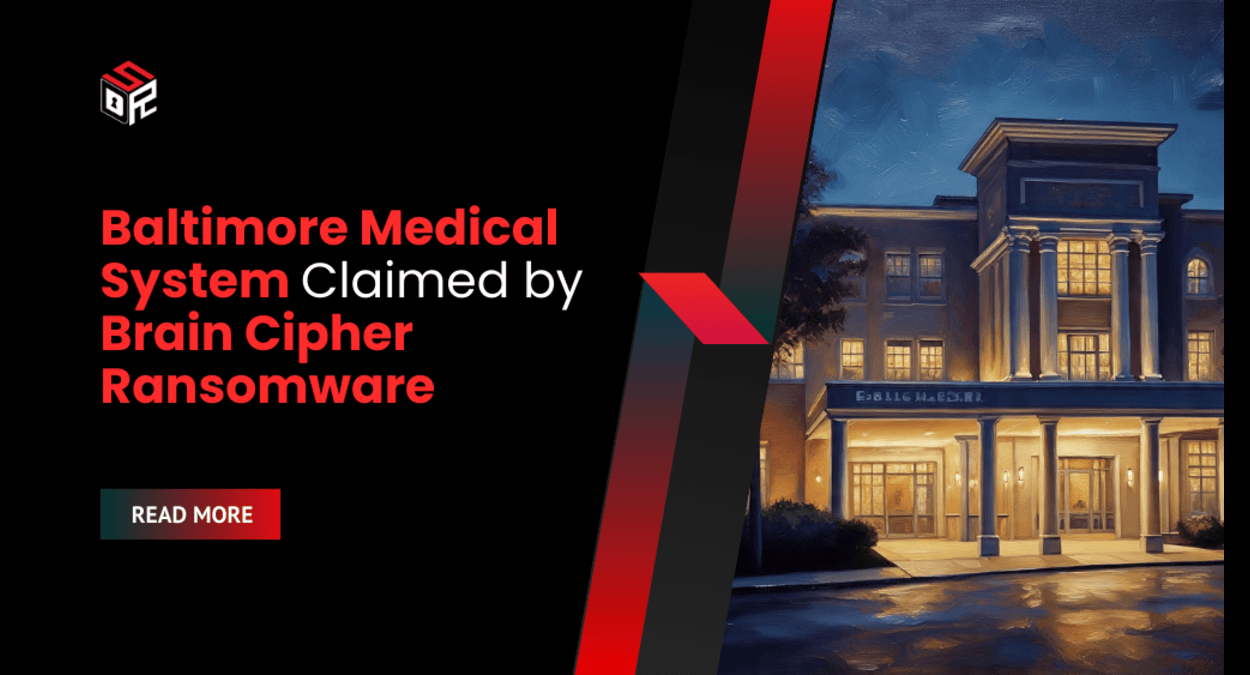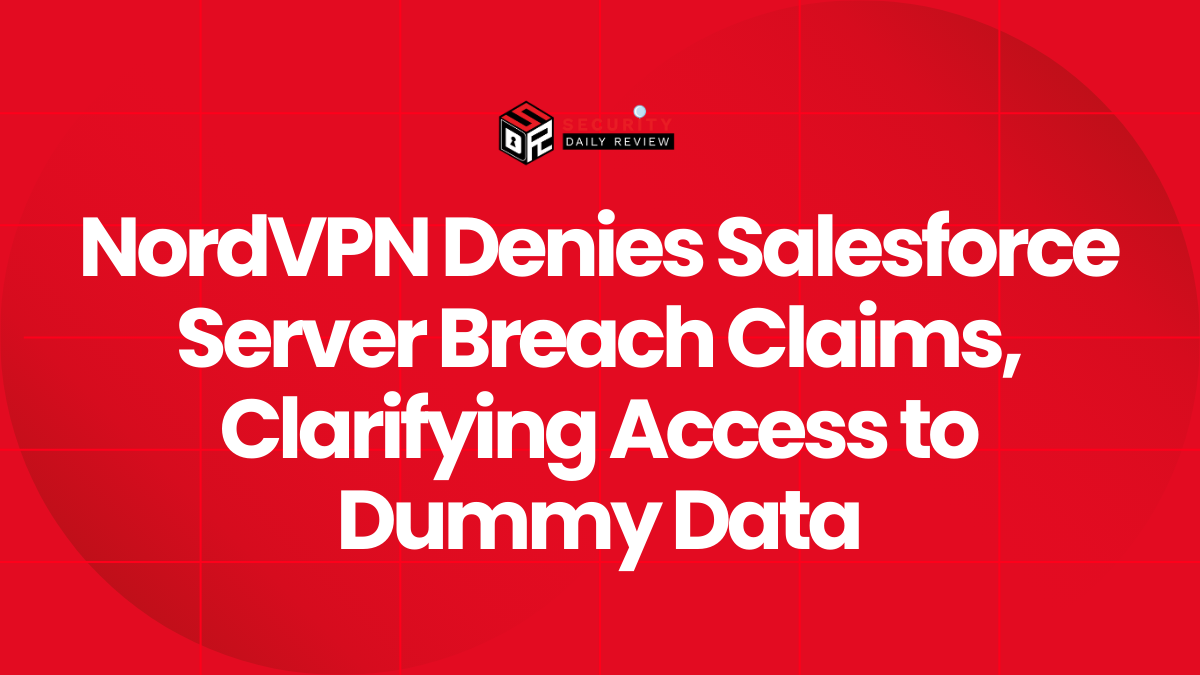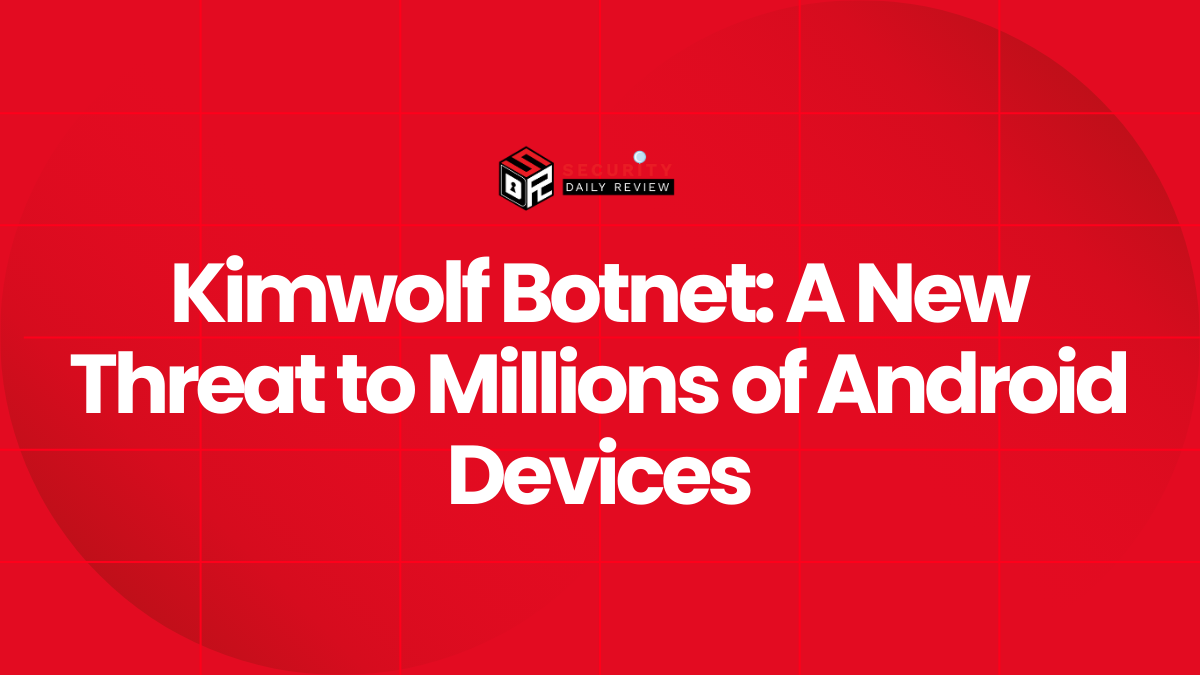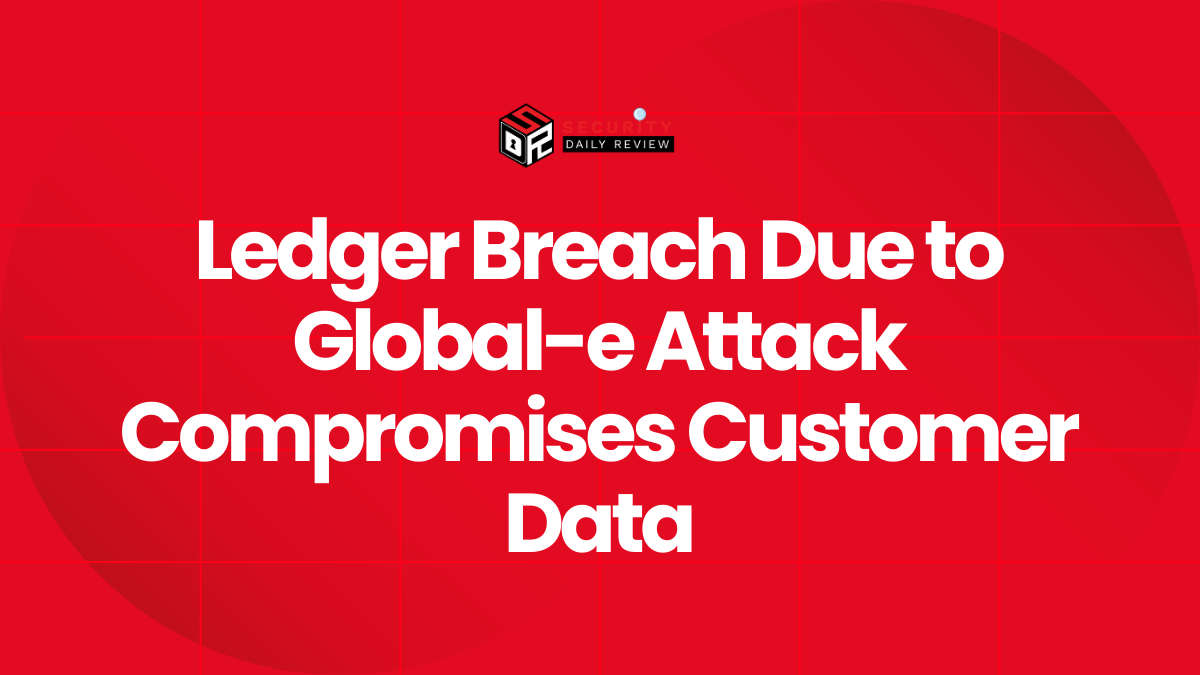Baltimore Medical System (BMS), the largest Federally Qualified Health Center (FQHC) in Maryland, has been named by a ransomware gang as the target of a major data theft. The Brain Cipher cartel posted BMS on its dark web leak site and shared multiple data samples, including very large files. The samples and the gang’s public post indicate several terabytes worth of material were taken from BMS servers.
We reached out to Baltimore Medical System for comment and will update this article if the provider responds. In the meantime, the Cybernews research team analyzed the leak posts and describes multiple file samples — some exceeding 800 GB — that appear to be full server and database dumps.
What the Brain Cipher Post and Samples Indicate
Brain Cipher’s leak entry includes what the group says are server backups and file-system archives from BMS. File names and sizes in the posted samples suggest attackers copied entire servers rather than only small extracts. That pattern is consistent with an operator that gained broad access and harvested backups, databases, and user directories.
Because Brain Cipher has published parts of the stolen material publicly, it is likely that negotiations either failed or were not attempted. A public posting of data is a common tactic ransomware extortion groups use to pressure victims into paying; when a group posts data outright, it usually means the victim did not pay or could not recover the files.
Potential Impact on Patients and Services
Baltimore Medical System serves roughly 90,000 patients across community health centers and other facilities, many in underserved neighborhoods. If the leaked datasets include patient records, the consequences could be serious. Medical and biometric records are especially sensitive because they cannot be changed; unlike a compromised password or card number, a medical history remains fixed.
Possible misuse of stolen data includes medical identity theft, insurance fraud, prescription abuse, and targeted scams. If patient histories, billing files, or personally identifiable information are present in the dumps, attackers could impersonate patients to obtain drugs or services, or use medical details for blackmail. The scope of harm will depend on which systems and tables were copied and how many records are included.
Who is Brain Cipher and What are Their Tactics
Brain Cipher is a relatively new ransomware cartel first observed in mid-2024. In a short period the group has claimed a number of high-profile victims and is known to leverage LockBit-derived payloads. Brain Cipher publicly operates a TOR-based leak site where it lists victims and posts data samples.
According to dark web monitoring data from Ransomlooker, Brain Cipher has claimed at least 30 victims since it began operations. The group has targeted a range of industries, including large professional services firms. Their public posting of samples and use of multi-pronged extortion tactics follow a common ransomware playbook.
Evidence Sourced by Researchers
Cybernews’ examination of the Brain Cipher posting identified multiple large binary files and archive names consistent with database dumps and backups. The size and structure of the samples strongly suggest the attackers exfiltrated full server images or large backups rather than only a handful of documents. That raises the likelihood that a mix of operational, administrative, and patient data was captured.
The original Brain Cipher announcement and the files shared publicly provide the primary evidence of the claimed breach. BMS has not yet confirmed the extent of the intrusion, which systems were affected, or whether patient records were accessed. We have asked BMS for clarification and will publish any official response.
Why This Matters for Community Health Centers
Federally Qualified Health Centers operate on thin margins while serving vulnerable populations. A large-scale data theft at a major FQHC not only endangers patient privacy, it can also disrupt operations and undermine trust in essential services. Community providers often host a mix of clinical, billing, and administrative systems — any of which can contain high-value personal and medical information.
The non-recoverable nature of medical and biometric data means affected patients may face long-term risks. Even if immediate financial fraud does not appear, medical identity issues can surface over months or years after an exposure.
At publication, Brain Cipher’s post remains available on the gang’s leak site and selected samples have circulated among researchers. BMS has not publicly detailed the scope of the incident or the specific systems affected. Cybernews and other monitoring services continue to analyze the leaked material to confirm the nature and provenance of the files.
Brain Cipher’s public posting and the size of the samples indicate a large-scale exfiltration event. Officials and the provider will need to determine whether backups, live databases, or archived systems were taken, and how many patient records — if any — were included.









